Mon, 16 Mar 2015 . Last updated Thu, 25 Jun 2015 09:02

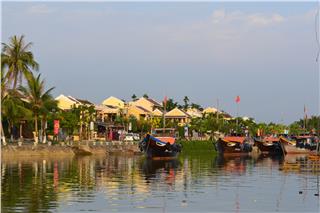
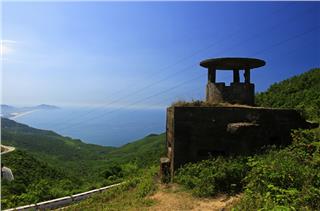
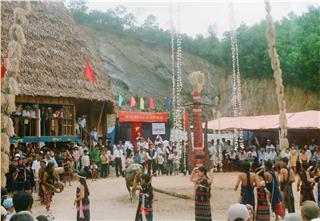
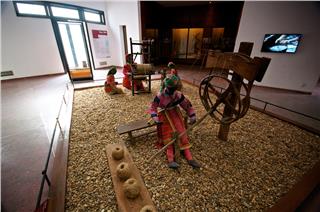
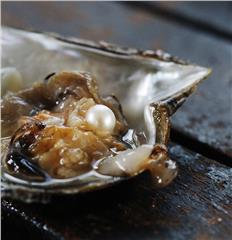


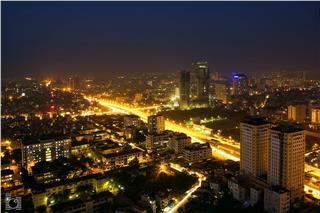
The Southwest of Vietnam is the land of large rivers and evergreen orchards. Roads run along rivers and local people live on the rivers. Boats have been the preferred means of transport here because road traffic was still limited. People use boats to go to different places for trading typical fruits and vegetables of the Southwest. Floating markets were formed this way and they become a special feature of this land. Both sellers and buyers use boats as a means of transport. They gather around main river sections which are wide and deep enough so that boats can sail and safely. Floating houses and numerous boats on the river are just unforgettable to any visitor to this land.
Can Tho or the so-called “Capital of the West” used to be the administrative center of the Southwest. Floating markets have been formed in this rivery land in relation to its typical geographic features. Together with other floating markets like Cai Be, Phong Dien, Phung Hiep and Chau Doc, Cai Rang Floating Market in Cai Rang district, Can Tho city is a famous one. Legend has it that a giant crocodile once swam to the South of Vietnam. Its teeth stuck to this land. Thus, the land was called Cai Rang (literally “tooth”). As said by Vu Hong Sen, this name came from Khmer language. “Karan” in Khmer means “Ca Rang” a kind of clay stove that Khmer people sold here. As time went by, “Ca Rang” became today’s name of the market: “Cai Rang”.
A floating market is open all day but it’s the most crowded in early morning. Boats reaching here in midnight are ready for the market. And when clouds are brightened, the river becomes so crowded. Boats flock to the market. The sounds of boat engines, water, sellers and buyers create a hectic space. Here comes the market, open from mid-night. There we still stay, in previous day sunset. Up poles in Cai Rang market in Ba Lang you hang. Making images of Vam Xang, Can Tho come back to me. This hectic site attracts numerous tourists. It’s fantastic for a native of the North to come here, sit on the boat and see the bustling market.
Unlike store owners in land, sellers hang samples of their goods on tall wooden poles and this has become a unique feature of a floating market. These poles indicate available goods of a store and help is distinguishing sellers from buyers. Only sellers’ boats have these poles which identity them. Big boats often stay in place. Three or four boats may stay close to each other, making up a big block. There’s a space between them for boats of buyers and visitors to get by. Retailers buy goods from these big boats to sell for people along small channels. Local people used to use “three-plank” boats, “five-plank” boats or sampans but now, they use motorboats. Small boats are sailed skillfully here without crashing into each other. The market is the most crowded during 7am – 8am.
Cai Rang is a big market in Can Tho where people sell mostly special fruits and vegetables of the Southwest. It’s easy to buy goods here. People just look at the pole of sample products, bargain with boat owner and buy things they need. Locals live on the river and have special taboos that cause quite many troubles for us. In the early morning, they don’t allow a stranger to get on their boat because they’re afraid that their boat may turn upside down. So, it’s difficult for us to ho there to learn about local life. Observing them from our boat is what we can do.
Here, you can find typical dishes of the South like “banh tet” (cylinder-shaped rice cake), “banh nep la dua” (coconut leaf-wrapped cake), “banh cam” (deep fried sesame ball) and so on. Small boats that offer food and snacks like rice, “pho” (rice noodles), “hu tieu” (Southern Vietnamese noodle soup) and so on approach other boats to sell their products. Whoever can taste a hot bowl of noodles on this own boat or sip a cup of coffee in the morning.
Some people have houses in land and they just come here for their business. But the case isn’t the same for all families. Due to their job, people live on their boat. In this rivery land, people live and earn their living on the river. So, boats have become a familiar means of transport to them, just like bikes and motorbikes for those living in land.
People even bring pets like dogs and cocks to their boat. These animals protect their boat, and wake them up in the morning. Looking at their daily activities, I wonder how hard their life will get during the flood season or rainy days. We can see how plain and sincere local people are through our talks to them. The typical hectic pace of life on the floating market and its sounds are just unforgettable.
Floating markets in the South have existed for ages in relation with local culture. People live on boat for their whole lifetime. Do they dream about a stable house in land when they sleep on boat? Or they’ve made up their mind to attach their life to the river as what they’ve done for ages?
Source: VTC10 - NETVIET

 Đặt vé máy bay cho người Việt?
Bấm vào đây
Đặt vé máy bay cho người Việt?
Bấm vào đây
Our service uses cookies for technical, analytical and marketing purposes. See our Cookie và Privacy policies for more information. If you agree to this, just keep browsing.


